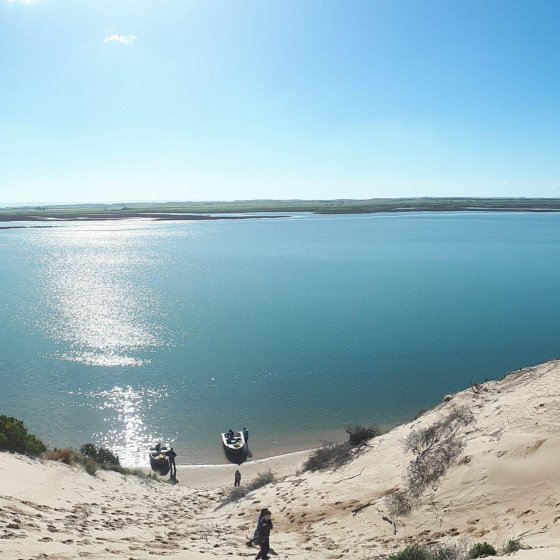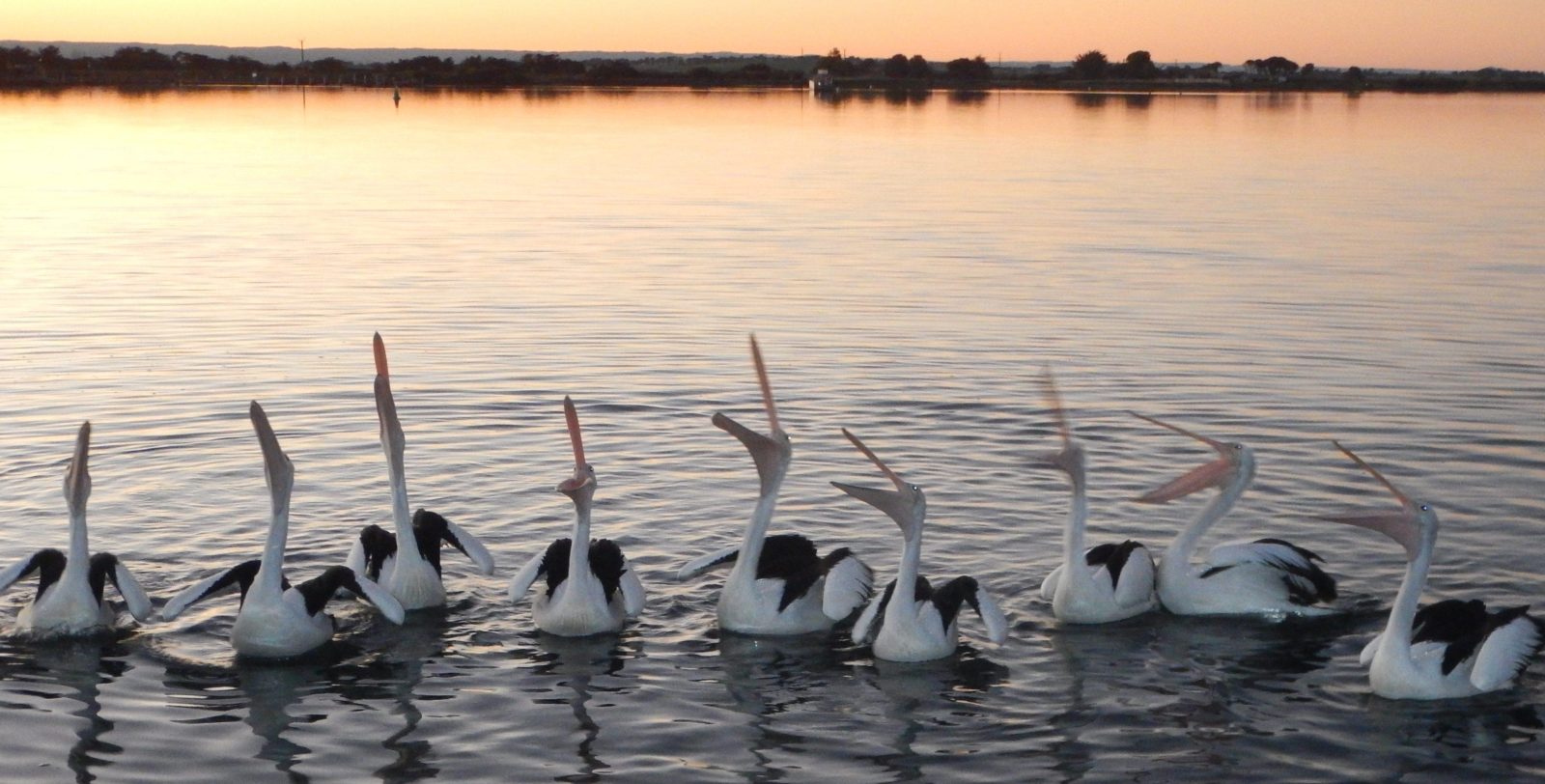Coorong
Coorong waterbirds are grouped into ‘guilds’ based on their diet, the way they search for food and their life history. These guilds include generalists (eg Silver Gull), herbivores (eg Australian Black Swan), migratory shore birds (eg Red-necked Stint), piscivores (eg Australian Pelican) and resident shorebirds (eg Red-capped Plover).
The abundance of waterbirds in the Coorong is declining, but this varies between guilds. Abundance of generalists and herbivores was assessed as being stable or having improved, while resident and migratory shorebirds and piscivores were assessed as having declined.
Abundance declines were most severe for migratory shorebirds. These declines can be due to a number of factors, including local habitat conditions in the Coorong, and the loss and decline of sites along their migratory flyways. This in turn affects habitat quality and availability for feeding and breeding.
Habitats for waterbirds in the Coorong have also been impacted by prolonged high-nutrient and high‑salinity conditions, the presence of filamentous algae and limited food resource availability. The Healthy Coorong, Healthy Basin program is investigating ecological restoration options to improve waterbird habitats in the Coorong, along with on-ground actions to improve habitats in the Lower Lakes and southeast of South Australia supporting the provision of refuge sites and complementary habitats for waterbirds until conditions in the Coorong improve.


